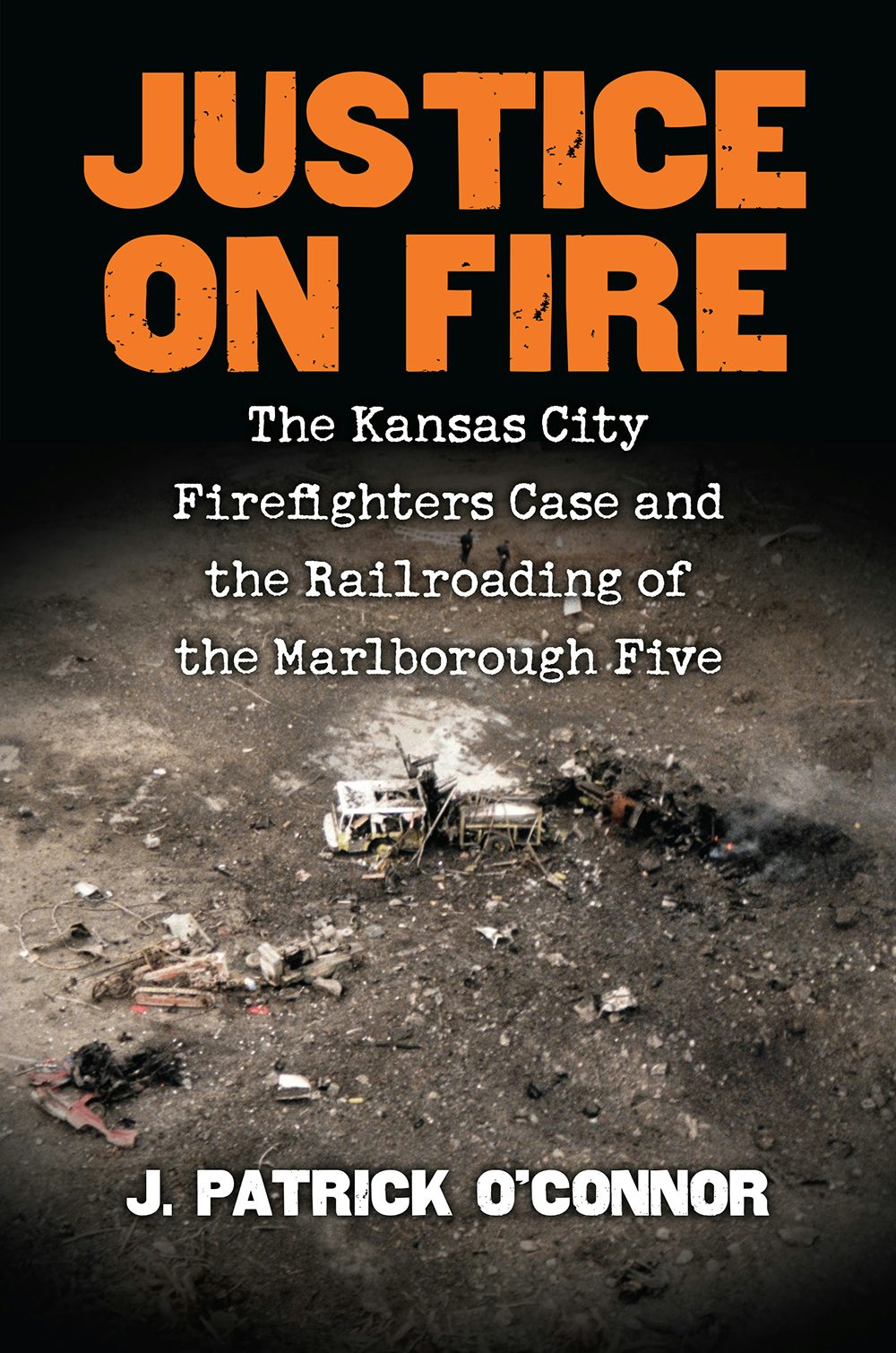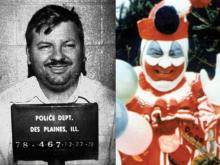
Screen star Thelma Todd’s untimely death in 1935 set off wild speculation about the cause of her demise. Was she murdered or was she the unfortunate victim of carbon monoxide poisoning?
Hollywood has always been about making grand illusions. The movies are where people go for escape, high adventure, or just a chance to glimpse a world we wish existed. There’s a lot of gold in mythmaking, and Tinseltown has always been known for its bright, shiny, and extravagant character.
It sounds cliché to say it, but nonetheless true—the Land of Make Believe can and is often full of nightmares. With every star that climbed his or her way up the ladder to international fame and fortune, there are thousands of waiters and waitresses who never quite made it. Some went back home to Iowa or Oklahoma, while others started searching for rock bottom in a bottle or in a needle.
And of course “making it” is no guarantee for the good life either. Tabloids exist to pick through the wreckage of famous and fabulous lives, and the fact one can still find plenty of them in the checkout aisle speaks volumes about the decadence that still exists in Southern California. This is essentially distilled noir, and like the movies themselves, noir has a uniquely American flavor—a rich and sweet form of corruption that attracts the eye as much as it repels the soul.
 |
| Thelma Todd |
In the early 1930s, some Americans caught wind of this and tried to change which the way the wind was blowing. Although a lot of the Hollywood gliterrati viewed them as yokel bums, the followers of William Harrison Hays Sr. had a proud lineage that stretched across the centuries. Their progenitors were the Puritans, then they spent time crusading underneath the banner of Progressivism. What they wanted was “good government”—a squeaky clean idea that sought the end of corruption, filth, and exploitation. They also wanted control, especially control over the media. The movies in particular were sought because they had so much power. Hays and his mostly Midwestern do-gooders knew that life could easily imitate art, and what they saw on the screen shocked them.
Before the coming of the so-called Hays Code, which tried to censor films based on a set moral order, Hollywood was rife with perversion. On the screen, characters dabbled in drugs and women showed too much skin. There was even more space allotted for violence, and movies such as The Public Enemy and Little Caesar spun stylish tales about the era’s favorite character—the Tommy Gun gangster. When the Presbyterian elder and former U.S. Postmaster General Hays was finally allowed to put into practice the Motion Picture Production Code, he helped to authorize a binding list of “Dont’s” and even more “Be Carefuls.” Under “Dont’s,” things such as “White slavery” or “Sex hygiene and venereal diseases” were completely off limits for any motion picture, along with “The illegal traffic in drugs,” “Ridicule of the clergy,” or “Any licentious or suggestive nudity...” In the “Be Careful” category, the Hays Code suggested avoiding “Brutality and possible gruesomeness,” “Sympathy for criminals,” and so-called “First-night scenes.” The Motion Picture Production Code effectively tried to clean up the pictures, and the impact was immediate. In 1931, three years before the enforcement of the Hays Code, James Cagney was allowed to smash a grapefruit into Mae Clarke’s mug in The Public Enemy. By 1934, the biggest scandal of the year was Clark Gable’s lack of an undershirt in It Happened One Night.
Away from screen, the stories that would get out about the Hollywood lifestyle made the movies themselves seem tame by comparison. Like the shindigs at Gatsby’s Long Island mansion, the Hollywood of the 1920s and early 1930s looked like one big riot, and like all Bacchants, sometimes these party animals became real wolves. Fatty Arbuckle got caught with a girl and Coke bottle, while the It girl, Clara Bow, supposedly slept her way through the USC football team. Most of these accusations are probably false, but Hollywood is a place that thrives on made-up truths, half-truths, and no truths.
Thelma Todd, a beautiful blonde originally from the harsh Massachusetts textile town of Lawrence, became another victim of the Hollywood plague in 1935. And like the other tragic stars before her, Todd’s death (and now afterlife) is a cause célèbre of the morbidly inclined.
In life, Todd was far from the world’s most popular glamor girl. Getting her start during the silent era, Todd capitalized on her good looks (which earned this former schoolteacher a job in Hollywood in the first place) in tons of comedies and a few dramas. Like her likeness Jean Harlow, Todd captured the screen as a light-hearted heartbreaker, and re-watching films like Horse Feathers, which starred all four of the Marx Brothers (Groucho, Harpo, Chico, and Zippo), validates that concept.
Although a Chicago Tribune writer called Todd “a cross between Goldie Hawn and Farah Fawcett” back in 1991, the real Thelma Todd was far more troubled than her latter day imitations. This vivacious comedienne ran with a pretty mean set, from a washed-up director to a wife beater who may or may not have been muscle for Charles “Lucky” Luciano. The washed-up director in question was Roland West—a man who was best known for his silent horror and mystery films that starred such luminaries as Lon Chaney Sr. and Boston Blackie himself, Chester Morris. By 1930, West was fresh from yet another triumph. This time around his victory was called The Bat Whispers, and this update on the 1920 Avery Hopwood play would eventually go on to influence a young Bob Kane, who would use the film’s arch-criminal, known as The Bat, as one of the templates for his own vigilante known as Batman. In that same year, a married West began a personal and financial relationship with Todd after a fortuitous trip to Catalina Island.
Before long, Todd and West were partners operating a restaurant called Thelma Todd’s Sidewalk Café. The café quickly became the place to seen, and tragically, Todd was last seen alive not far from the eatery that bore her name.
Her final resting place was her car—a 1932 Lincoln Phaeton. Slumped over and disheveled despite wearing what Los Angeles Times writer Robert W. Welkos describes as “a mauve and silver evening gown, expensive mink wrap and adorned with a small fortune in jewelry.” Todd was dressed for a party and on the night of her death, Todd and her friends were toasting her until the wee hours at the Trocadero on Sunset Boulevard.

Police Photo
At 3:15 a.m. on Sunday, December 15, 1935, Todd was dropped off at the café. She did a little walking, and crime scene photos show that her heels bore the trademark scuffs of an uphill trudge. The next morning, the police found Todd’s body and were soon going through every nook and cranny in order to determine a cause of death.
Unlike a lot of fabled Hollywood mysteries, Todd’s death seems pretty cut and dry. The coroner found a significant amount of carbon monoxide in her blood, thus making carbon monoxide poisoning the likely culprit responsible for Todd’s long goodbye. When she was discovered, the ignition in her car had been left on but the engine had died with a little gas left in the tank. According to British journalist Christopher Snowden, Thelma, “cold and unable to get into her apartment at the locked Café, trudged up to her car in the garage, started it up and turned on the heater.” Before long, the odorless carbon monoxide overwhelmed her and swallowed her up.
This end is decidedly unglamorous and does not mesh well with Todd’s larger-than-life persona. Because of this, wagging tongues immediately began offering alternative conclusions, and these unfounded theories have done plenty of damage to the image of “Hot Toddy.”
First of all, it was widely disseminated that Todd’s body was bruised and battered, thus hinting at murder. The people who believe this pointed to West (a man rumored to have a hot temper and a jealous streak), Jewel Carmen, a former prostitute, silent film actress, and West’s protective wife, and Pasquale “Pat” DiCicco, Todd’s shady ex-husband.
While those in favor of West’s guilt blame Todd’s death on the director’s covetousness, those in favor of Carmen’s articulate an idea that Carmen’s illegal gambling operations and other illicit activities were somehow threatened by Todd. For these people, the whole circus around Thelma Todd’s Sidewalk Café is comparable to the Bada Bing! In “The Sopranos.” Gambling upstairs and a protection racket run by Lucky himself, this version of café seems like a murder plot waiting to happen. Some have even speculated that Luciano himself ordered the hit, but as with most things surrounding Thelma Todd’s death, there’s a paucity of evidence to support this claim. But hey, it’s a good story!
The underworld connection is further highlighted in the figure of DiCicco, an ex-pimp and bootlegger who was a fixture among the nightlife set in Los Angeles. Because of his last name and reputation, many amateur and armchair detectives have labeled DiCicco a lieutenant in the employ of Luciano. Again, there's little support for this claim.
Still, despite this lack of credible evidence, DiCicco remains a highly alluring figure—almost as if Central Casting found him and made him out to be the perfect murderer. On the night of Todd’s death, eyewitnesses claimed that DiCicco and Todd got into a heated argument. Not long after, DiCicco hotfooted it to New York, and when the grand jury summoned him to testify back in California, DiCicco claimed that he hadn’t heard about his ex-wife’s death (Todd and DiCicco were married from 1932 until 1934).
Later, in 1941, DiCicco married the 17-year-old heiress Gloria Vanderbilt. According to Vanderbilt’s autobiographical writings, DiCicco was a brute who liked booze too much, which gave him a loose hand and an even looser temper. Whether or not DiCicco treated Todd in a similar fashion, is a question up for debate.
All things considered, what seems not up for question is the reason for Todd’s death. Despite West’s deathbed confession and despite the various letters from cranks, it seems fairly certain that Todd died an accidental death. The problem of course is that Todd’s prosaic ending is full of colorful elements and people. From the death and extortion threats that Todd received earlier in 1935 (which have never been argued away and even formed the source material for a newspaper article in March of 1935) to Andy Edmonds’ sensational book Hot Toddy (which is full of so many factual errors that it only muddies the waters further), the produced and sold mystery around Todd’s death just will not die. And even today, there are people who will tell you that Todd is still around, haunting the former hot spots of Hollywood and Los Angeles like the sad and unavenged ghost of some low-budget horror flick.








